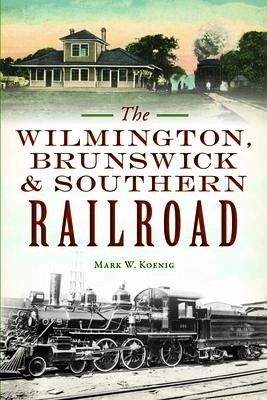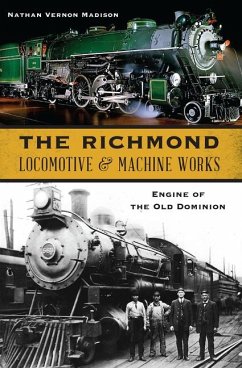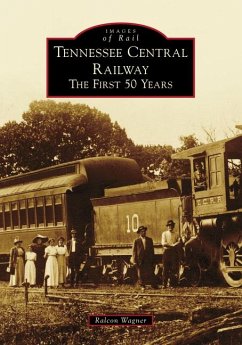
The Wilmington, Brunswick & Southern Railroad
Versandkostenfrei!
Versandfertig in über 4 Wochen
17,99 €
inkl. MwSt.

PAYBACK Punkte
9 °P sammeln!
"At the turn of the twentieth century, railroads meant progress, growth and development. In the 1890s Southport, North Carolina became the target destination for a major coaling terminal for ships sailing the Atlantic coast. A new terminal would require a railroad to bring in coal and other supplies. More than twenty companies were formed to pursue this idea over the years, with a few actual accomplishments, but most were purely speculative. Wearying the expectant town for more than twenty-five years, the vision for a great port was whittled down until local entrepreneurs finally built a 30-mi...
"At the turn of the twentieth century, railroads meant progress, growth and development. In the 1890s Southport, North Carolina became the target destination for a major coaling terminal for ships sailing the Atlantic coast. A new terminal would require a railroad to bring in coal and other supplies. More than twenty companies were formed to pursue this idea over the years, with a few actual accomplishments, but most were purely speculative. Wearying the expectant town for more than twenty-five years, the vision for a great port was whittled down until local entrepreneurs finally built a 30-mile rail line to connect the town to Wilmington. Local author and railroad historian Mark Koenig chronicles the short life of a short line and the long process of making it a reality"--












